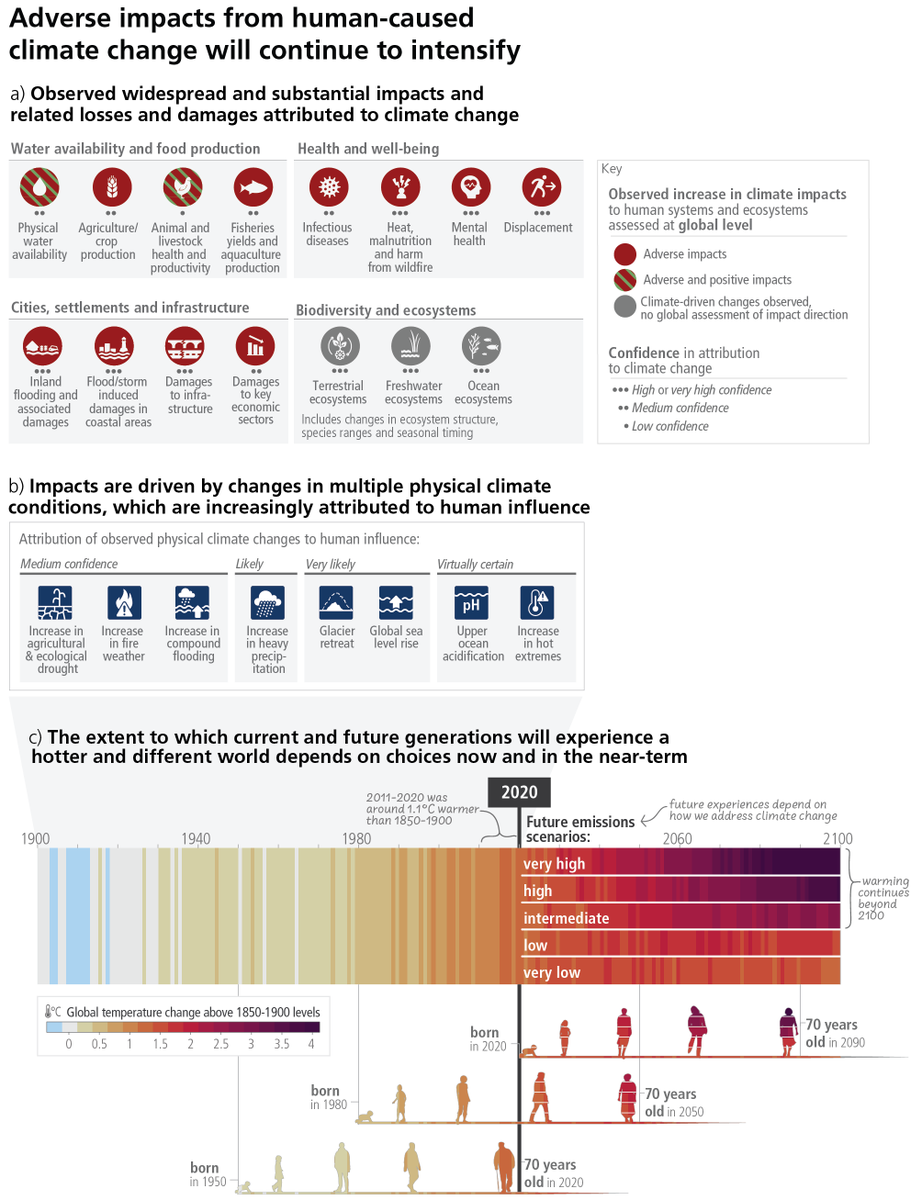ich freue mich schon auf den Faktencheck...
https://twitter.com/rezomusik/status/1131910571505459201
man kann sich selbstverständlich mal in Ruhe den 1,5-Grad-Bericht des #IPCC durchlesen (aber wer hat dazu schon Zeit...), aber als Einstieg eignen sich auch diese Artikel von IPCC-Autoren
theconversation.com/hothouse-earth… & theconversation.com/why-protesters…
#voteclimate #Klimawahl #fridaysforfuture
theconversation.com/hothouse-earth… & theconversation.com/why-protesters…
#voteclimate #Klimawahl #fridaysforfuture
There's a scientific consensus on the geophysical basis of #climate change, but there can't be a 'scientific' consensus on policy
See recent @NatureClimate piece, highlighting the problematic way #FridaysForFuture treat science as clear arbiter of policy rdcu.be/bDo2E
See recent @NatureClimate piece, highlighting the problematic way #FridaysForFuture treat science as clear arbiter of policy rdcu.be/bDo2E

• • •
Missing some Tweet in this thread? You can try to
force a refresh
















